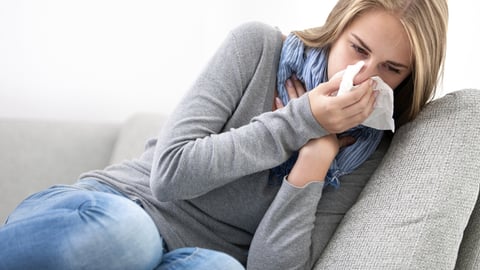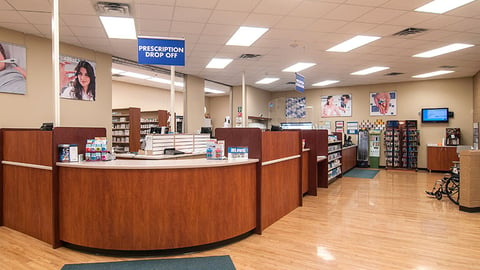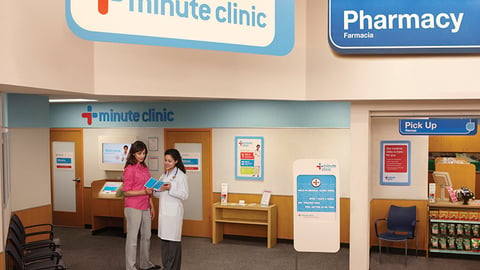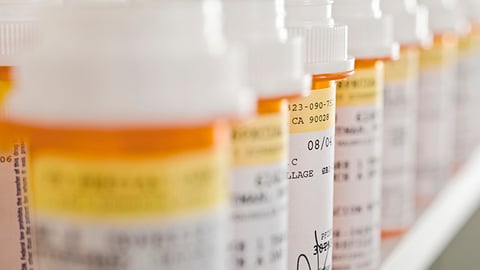-
Q&A: Sandoz’s Schofield discusses blueprint for AmLactin brand
Since Sandoz acquired the AmLactin family of skin care brands from Upsher-Smith Laboratories last December, the company has been hammering out a growth strategy for the consumer skin care brand. With its strong heritage in the fast-expanding therapeutic segment of skin care, AmLactin offers rich potential for retailers to build that portion of their business. Brant Schofield, VP and general manager of dermatology at Sandoz, shared with Drug Store News the blueprint for AmLactin’s growth under Sandoz.
-
Personal touch pays off for Lewis Drug
Over the past 75 years, Lewis Drug has come to epitomize the best of regional drug store retailing. Based in Sioux Falls, S.D., the company has become deeply embedded in the life of many Upper Midwest communities, and the go-to resource for pharmacy and front-line healthcare services in dozens of towns scattered throughout eastern South Dakota, Minnesota and northwest Iowa. Its largest stores wield a remarkably wide assortment of products and generate in excess of $10 million annually.










